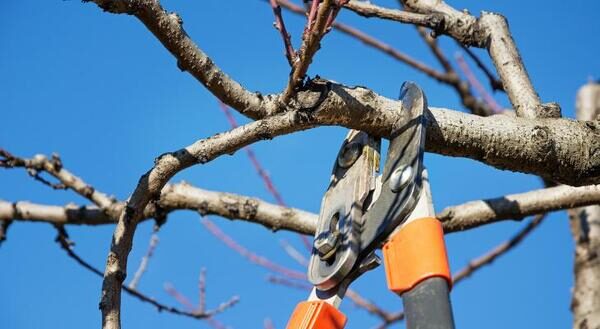As the days grow longer and temperatures begin to rise, it’s time to give your trees the care they need to thrive. Spring is the perfect season to assess tree health and set the stage for strong, vigorous growth throughout the year. Follow this essential spring tree care checklist to keep your landscape looking its best.
1. Inspect Trees for Damage
Winter can be tough on trees, leaving behind broken branches, cracks in the trunk, or other signs of stress. Walk around your yard and look for any visible damage, such as split bark or weak limbs that could pose a hazard. Identifying issues early can prevent further complications and ensure your trees remain safe and sturdy.
2. Prune Dead or Damaged Branches
Pruning is a key aspect of tree maintenance that promotes healthy growth and reduces the risk of disease. Remove any dead, broken, or diseased branches to encourage new growth and improve the tree’s overall shape. However, avoid excessive pruning, as trees are actively growing in spring and need their foliage to produce energy.

3. Clean Up Debris
Leaves, twigs, and other organic debris can accumulate around the base of your trees over the winter. Clearing away this debris helps prevent mold, fungal growth, and pest infestations. It also allows for better air circulation and sunlight exposure to the soil.
4. Check for Pests and Diseases
Spring is when many tree pests and diseases start to emerge. Look for signs of insect activity, such as chewed leaves, sticky honeydew residue, or holes in the bark. Also, be on the lookout for fungal growth, discolored leaves, or unusual spots. If you notice anything concerning, consult a professional arborist to determine the best course of action.
5. Mulch Around the Base
Applying a fresh layer of mulch around your trees provides multiple benefits, including moisture retention, temperature regulation, and weed suppression. Use organic mulch, such as wood chips or bark, and spread it in a 2-4 inch layer around the base of the tree. Be sure to keep mulch away from direct contact with the trunk to prevent rot and pest issues.

6. Fertilize for Healthy Growth
Trees benefit from proper nutrients to support spring growth. Applying a slow-release fertilizer provides essential nutrients that enhance root development and overall vigor. Consider soil testing to determine nutrient deficiencies and choose the right fertilizer for your trees’ specific needs.
7. Water Wisely
Spring rainfall may be sufficient for your trees, but it’s important to monitor soil moisture levels. Deep, infrequent watering is best, especially for newly planted trees. Water at the base to encourage deep root growth and avoid frequent shallow watering, which can lead to weak root systems.
8. Schedule a Professional Check-Up
An annual inspection by a certified arborist ensures that your trees receive expert care. Arborists can identify hidden problems, recommend treatment options, and provide services such as structural pruning, pest control, and soil amendments. A professional check-up helps prevent small issues from turning into major problems.
Keep Your Trees Thriving This Spring
Spring is a critical time to give your trees the attention they need for a season of healthy growth. By following this checklist, you’ll help protect your trees from pests, diseases, and environmental stress while ensuring they flourish. If you need professional tree care services, contact Homer Tree Care today for expert advice and assistance!

